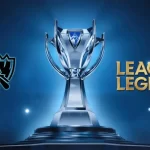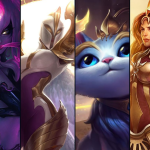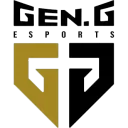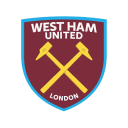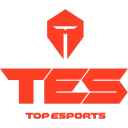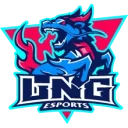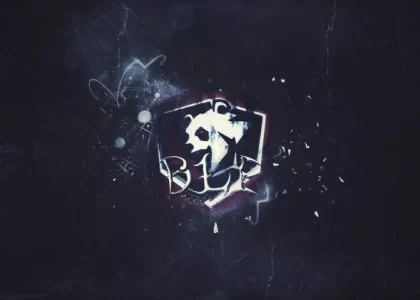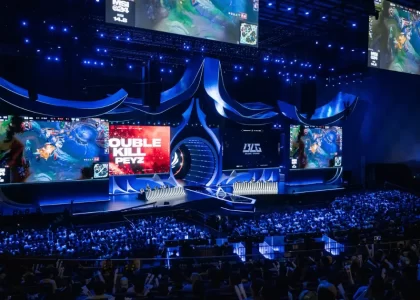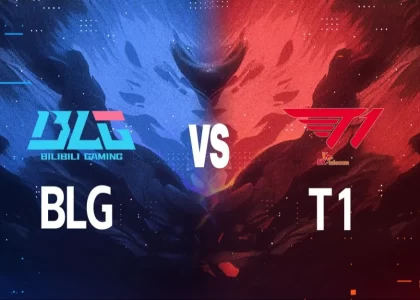The Dota 2 schedule can vary based on the ongoing or upcoming tournaments, qualifiers, and major events. Here’s a general overview of what the Dota 2 schedule typically includes:
Dota 2 Schedule Overview
- Dota 2 Pro Circuit (DPC)
- Season Structure: The DPC is divided into three seasons: Winter, Spring, and Summer. Each season features a series of regional leagues and major tournaments.
- Leagues: Teams compete in regional leagues (e.g., Western Europe, Eastern Europe, North America, South America, Southeast Asia, China) for points that contribute to their overall DPC standings.
- Majors: At the end of each season, there are Major tournaments featuring top teams from the DPC leagues, offering points and prize money.
- The International (TI)
- Annual Tournament: TI is the premier Dota 2 event, usually held in the summer. It includes a series of qualifying events, regional qualifiers, and the main tournament.
- Main Event: The main event is a large-scale tournament with teams competing in the playoffs and grand finals.
- Regional and Local Tournaments
- Various Events: In addition to the DPC and TI, there are numerous regional and local tournaments throughout the year, organized by different entities and sponsors.
- Dates and Formats: These events have their own schedules and formats, providing opportunities for teams to compete and earn ranking points or prize money.
- Online and Offline Events
- Online Tournaments: Many tournaments are held online, featuring teams from around the world competing remotely.
- Offline Tournaments: Some events are held in physical venues, attracting large audiences and offering live experiences.
Example of a Typical Dota 2 Schedule
- January – March: DPC Winter Season
- Regional Leagues: Teams compete in regional leagues for DPC points.
- Winter Major: A major tournament showcasing the best teams from the Winter Season.
- April – June: DPC Spring Season
- Regional Leagues: Continuation of regional leagues.
- Spring Major: A major tournament concluding the Spring Season.
- July – September: The International (TI)
- Qualifiers: Teams compete in regional qualifiers for a chance to join the main event.
- Group Stage and Main Event: The main tournament with group stages, playoffs, and grand finals.
- October – December: DPC Summer Season
- Regional Leagues: Final season of the DPC with regional leagues.
- Fall Major: A major tournament concluding the Summer Season.
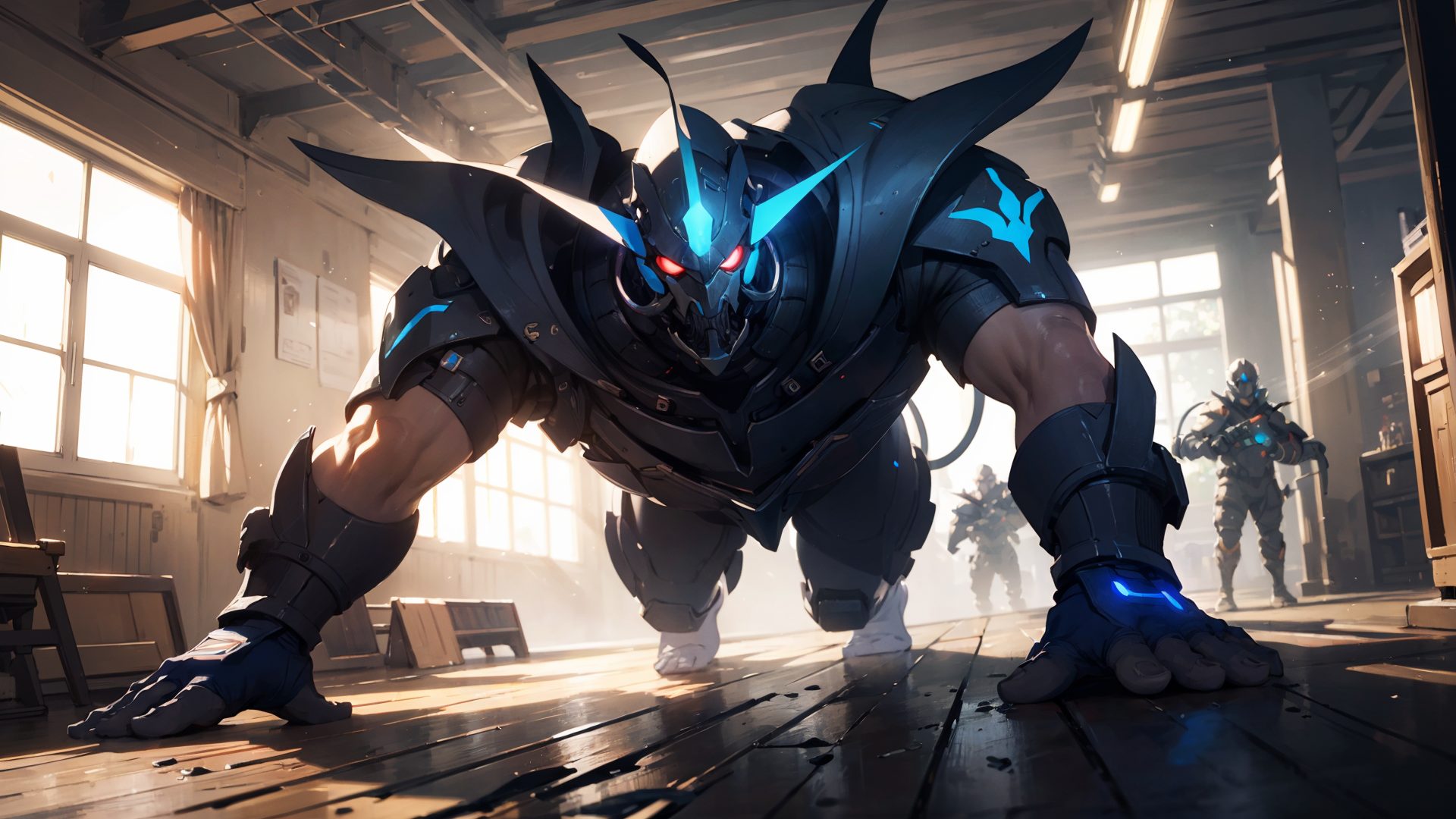
Current and Upcoming Schedule
For the latest and most accurate schedule of Dota 2 events, including specific dates and details, refer to:
- Official Dota 2 Website: Dota 2 Events
- Tournament Organizers: Check announcements from major organizers like ESL, DreamHack, and BLAST.
- Social Media: Follow Dota 2’s official social media channels and those of prominent teams and players.
This schedule provides a broad overview, but specific dates and formats can change based on the year’s competitive landscape and organizational decisions.
Group Stage
The group stage for The International 2024 (TI13) is a crucial part of the tournament, setting the stage for the main event. While the exact details for TI13’s group stage are not yet confirmed, here is a general overview based on past tournaments:
The International 2024 Group Stage Overview
- Dates
- Expected Timing: Early October 2024 (Exact dates will be announced closer to the event)
- Format
- Teams: The group stage will feature a number of participating teams, typically split into two groups. The total number of teams usually ranges from 16 to 20.
- Group Allocation: Teams are randomly assigned to one of two groups.
- Round-Robin Matches: Each team plays against every other team in their group. The round-robin format ensures that every team faces all the other teams in their group once.
- Advancement
- Top Teams: The top teams from each group advance to the Upper Bracket of the Main Event.
- Lower Bracket: The teams finishing in the middle to lower ranks often move to the Lower Bracket or are eliminated, depending on the tournament’s structure.
- Elimination: The bottom teams from each group might be eliminated from the tournament, though the exact details will depend on the format chosen for the year.
- Tie-Breakers
- In Case of Tie: If teams are tied on points, tie-breaker matches may be held to determine final placements.
Where to Watch
- Broadcasting Platforms: The group stage matches will be broadcasted live on platforms like Twitch, YouTube, and within the Dota 2 game client.
Additional Information
- Updates: For the most accurate and up-to-date information regarding the schedule, team placements, and match timings, it is recommended to follow the official Dota 2 website and social media channels as the event date approaches.
The group stage is an exciting time for fans and teams alike, setting up the drama and intensity for the main event.
Play-offs
The playoffs for The International 2024 (TI13) will be the culmination of the tournament, where the top teams battle for the championship title. Here’s a general outline of what to expect from the TI2024 playoffs based on previous tournaments:
The International 2024 Playoffs Overview
- Dates
- Expected Timing: Mid to late October 2024 (Exact dates will be announced closer to the event)
- Format
- Teams: The playoffs will feature the top teams from the group stage, typically 8 to 12 teams, depending on the tournament structure.
- Bracket System: The playoffs generally follow a double-elimination bracket format. This means:
- Upper Bracket: Teams that performed well in the group stage will start in the Upper Bracket. A loss in the Upper Bracket results in dropping to the Lower Bracket.
- Lower Bracket: Teams that finished in lower positions or faced losses in the Upper Bracket will start in the Lower Bracket. Teams in the Lower Bracket must win every match to advance to the finals, as a second loss means elimination.
- Matches
- Best-of-Three (Bo3): Initial matches, including the majority of the Lower Bracket games, are often played in a Best-of-Three format.
- Best-of-Five (Bo5): Key matches, such as the Upper Bracket Finals, Lower Bracket Finals, and Grand Finals, are usually played in a Best-of-Five format.
- Finals
- Grand Finals: The Grand Finals typically feature the top team from the Upper Bracket facing off against the top team from the Lower Bracket. The team from the Upper Bracket has a potential advantage by starting with a 1-0 lead in the Best-of-Five series.
- Venue
- Location: The playoffs will be held at the Royal Arena in Copenhagen, Denmark.
Where to Watch
- Broadcasting Platforms: The playoffs will be streamed live on platforms such as Twitch, YouTube, and within the Dota 2 game client. Additionally, live updates and match highlights will be available on official Dota 2 social media channels.
Additional Information
- Updates: For the most current information about the playoff schedule, team match-ups, and results, follow the official Dota 2 website and its social media channels as the event approaches.
The playoffs are the most thrilling part of The International, where the stakes are highest and the action is most intense. Fans can expect an epic showdown as the best teams in the world compete for the coveted Aegis of Champions and a share of the substantial prize pool.
Main Event
The main event of The International 2024 (TI13) is the climax of the Dota 2 tournament, where the world’s top teams compete for the title of world champion and a share of the enormous prize pool. Here’s a detailed overview of what you can expect:
The International 2024 Main Event Overview
- Dates
- Expected Timing: Mid to late October 2024 (Exact dates will be confirmed closer to the event)
- Format
- Teams: The main event will feature 12 to 16 teams, depending on the final format and qualifiers.
- Structure: The main event typically starts with the playoffs, which are divided into the Upper Bracket and Lower Bracket.
- Playoff Bracket
- Upper Bracket: Teams that performed best in the group stage begin in the Upper Bracket. The format here is usually double-elimination, meaning teams have two chances before being eliminated.
- Lower Bracket: Teams that lose in the Upper Bracket drop down to the Lower Bracket, where they must win every match to advance. A second loss in the Lower Bracket results in elimination.
- Match Format
- Best-of-Three (Bo3): Most matches in the earlier stages of the playoffs are played in a Best-of-Three format.
- Best-of-Five (Bo5): Key matches, including the Upper Bracket Finals, Lower Bracket Finals, and the Grand Finals, are played in a Best-of-Five format. The team coming from the Upper Bracket starts with a 1-0 advantage in the Grand Finals.
- Venue
- Location: The main event will be held at the Royal Arena in Copenhagen, Denmark. This venue is known for its excellent facilities and capacity to host large audiences.
- Teams and Seeding
- Direct Invites: The top teams based on their performance in international tournaments throughout the year receive direct invitations.
- Qualifiers: Additional spots are filled through regional qualifiers, where teams from various regions compete for a chance to participate in the main event.
- Broadcast and Coverage
- Streaming: The main event will be broadcast live on platforms like Twitch and YouTube, with official coverage also available in the Dota 2 client.
- Analyst and Commentary: Expect in-depth analysis, expert commentary, and live updates from professional casters and analysts.
- Prize Pool
- Distribution: The prize pool for The International is one of the largest in esports, with millions of dollars distributed among the top teams. The exact prize pool will be revealed closer to the event.
- Fan Engagement
- Activities: The main event often includes fan events, meet-and-greets with players, and interactive activities for attendees at the venue.
- Merchandise: Exclusive TI merchandise is available for purchase both online and at the event venue.
Additional Information
- Updates: For the latest information on match schedules, team standings, and other event details, follow the official Dota 2 website and its social media channels.
The International 2024 main event is set to be an epic showcase of top-tier Dota 2 action, featuring the best teams in the world battling it out for the prestigious title and a substantial prize. Fans can look forward to intense competition, strategic gameplay, and unforgettable moments.

The schedule of an esports bookmaker typically includes various key activities and events related to betting. This can vary depending on the bookmaker’s focus and the esports events being covered. Here’s a general breakdown of what you might find in the schedule of an esports bookmaker:
General Schedule of an Esports Bookmaker
- Event Coverage:
- Daily Matches: Many bookmakers offer betting options on daily esports matches across various games like Dota 2, League of Legends, CS
, Valorant, and more.
- Tournaments and Leagues: Major tournaments and leagues such as The International (Dota 2), LCS (League of Legends), and CS
Major Championships are scheduled and covered extensively.
- Daily Matches: Many bookmakers offer betting options on daily esports matches across various games like Dota 2, League of Legends, CS
- Betting Markets:
- Pre-Match Betting: Bookmakers provide odds and betting options before matches start. This includes betting on match winners, total kills, first blood, and other game-specific events.
- Live Betting: Real-time betting options during matches allow players to place bets on ongoing events, like the next team to win a round or specific in-game achievements.
- Promotions and Bonuses:
- Event-Specific Promotions: Bookmakers often offer special promotions and bonuses around major esports events and tournaments. This can include free bets, enhanced odds, and cash bonuses.
- Seasonal Offers: Regular promotions might be aligned with ongoing leagues or seasonal esports events.
- Betting Trends and Analytics:
- Pre-Tournament Analysis: Detailed analysis and predictions are provided leading up to major tournaments.
- Match Analysis: Post-match analysis and betting insights are offered to help bettors make informed decisions.
- User Engagement:
- Community Events: Bookmakers may host or sponsor community events and interactive activities related to esports.
- Content Updates: Regular updates on betting tips, team and player stats, and other relevant content to keep bettors informed.
- Special Events and Releases:
- New Game Releases: Coverage and betting options for new and emerging esports games.
- Major Announcements: Updates on significant changes in the esports betting landscape or bookmaker services.
Example of a Typical Esports Bookmaker Schedule
- Weekly:
- Daily Matches: Odds and betting options updated for daily esports matches.
- Live Betting: Real-time betting markets for ongoing matches.
- Monthly:
- Major Tournaments: Detailed coverage and promotions for large esports tournaments.
- Promotions and Bonuses: Monthly promotional offers and bonuses.
- Seasonal:
- Leagues and Seasons: Coverage for seasonal leagues and tournaments.
- Special Events: Betting opportunities for special esports events and announcements.
Where to Find the Schedule
- Bookmaker Website: Check the esports section of the bookmaker’s website for detailed schedules, betting options, and promotions.
- Social Media: Follow the bookmaker’s social media channels for real-time updates and announcements.
- Newsletters: Subscribe to newsletters for updates on upcoming events and betting opportunities.
The specific schedule and offerings will vary depending on the bookmaker and the esports games they cover. For the most accurate and up-to-date information, refer directly to the esports bookmaker’s official channels.










